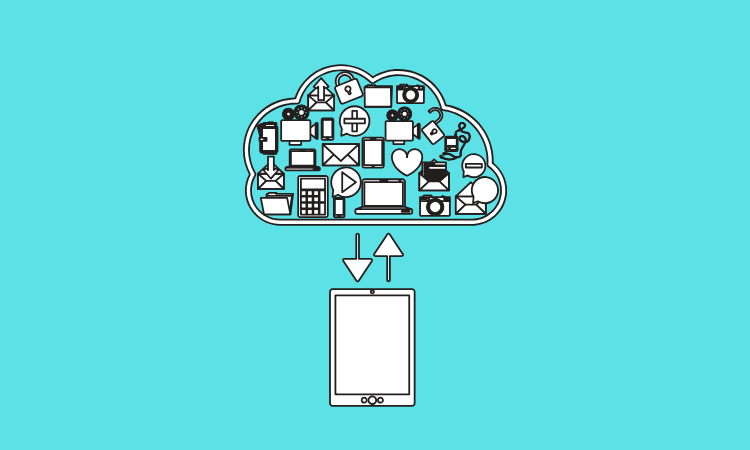Finance Everywhere, Podcasts
FI.SPAN’s Lisa Shields on why ERPs are the banking channel of the future for businesses
- Lisa Shields broke on to the fintech scene in 2000 with Hyperwallet for mass payments.
- Her new startup FI.SPAN integrates banks into their customers' corporate ERP systems.








